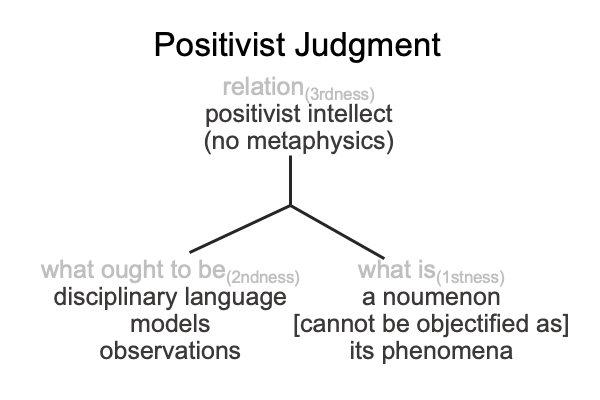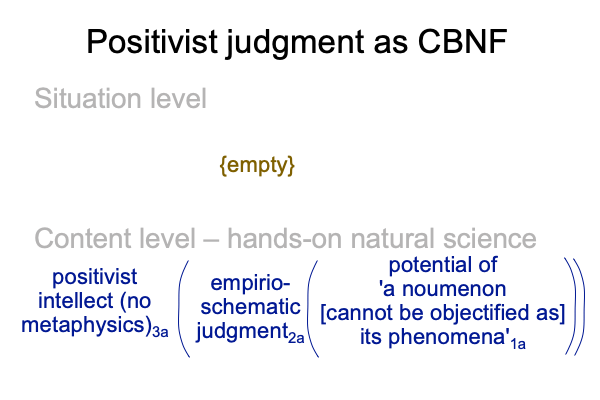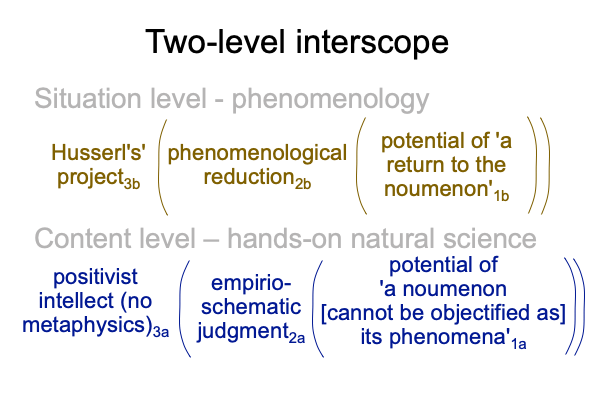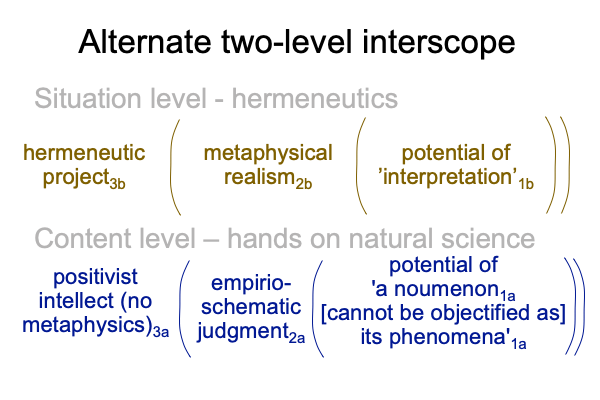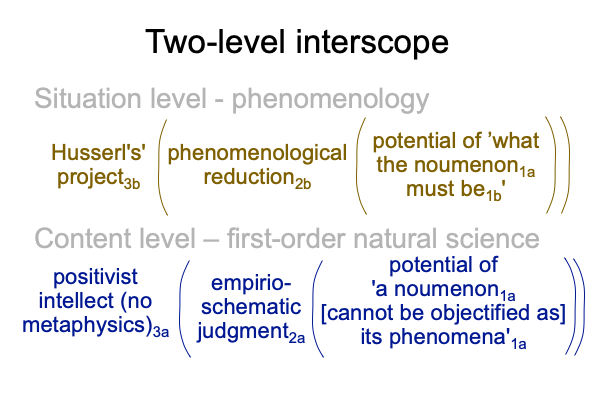Looking at Andrew Kulikovsky’s Overview (2005) “The Bible and Hermeneutics” (Part 8 of 10)
0058 The greimas square in the prior blog contains two paradoxes.
0059 For A1 and B1, here is the paradox.
Genesis 1-11 participates in the historical reality of the literary traditions of the ancient Near East. These literary traditions present fantastical elements that, to us, appear to be inventions. They are inventions. But, they are not made out of whole cloth. They describe natural processes, historical events and social behaviors that cannot be captured by spoken language, except through phantasmagorical scenes, for a variety of reasons.
One of these reasons is that the semiotic qualities of speech-alone talk potentiate “world building” processes that cannot be captured in the spoken language at the time. How can someone inside a historic process tell the story of the historic process from an outsider’s point of view?
Indeed, what is the nature of witness?
0060 For A2 and B2, here is the paradox.
The biblical witness is preserved by a living tradition. When the Bible is redacted, perhaps during and shortly after the Babylonian exile, no one knows that those hills, out in the middle of the desert, contain royal archives, holding stories very similar to those that the redactors are working with.
The extrabiblical materials include cuneiform tablets, excavated and translated by archaeologists. These tablets come from royal libraries of long-buried capitals. These tablets serve as the subject matter for constructing the literary forms of the ancient Near East.
0061 Kulikovsky clarifies this greimas square by mentioning a favorite theme of liberal theologians: cultural accommodation.
Without a doubt, the stories of Genesis 2:4-11 correspond to the archaeological periods of the Ubaid, the Uruk and the Sumerian Dynastic of southern Mesopotamia.
From all appearances, the tradition of Seth promulgates stories, from Adam and Eve in the Garden of Eden to the Tower of Babel, from a point of view standing deep inside of the above progression of cultures. Then, Abraham and Sarah step out of that insider tradition.
The so-called “Seth hypothesis” is discussed in chapter 13C of An Archaeology of the Fall.
So, what does the term, “cultural accommodation” really mean?
0062 Genesis 1-11 is properly interpreted by considering extrabiblical materials from the ancient Near East. Kulikovsky quotes Paul Seely in this regard. Genesis 1 reflects the cosmology of the second millennium BC. Modern science may produce a more accurate picture of the universe. But, that does not invalidate (or take priority over) the theological message of Genesis 1. However, it does suggest that Genesis 1 is a temporal concession to the people at that time.
0063 Hmmm. Does the term, “temporal concession”, key into B2 in the following greimas square.

It sure does, because Genesis 2.4-11 is an insider’s view of the formation of civilization in southern Mesopotamia.
0064 Does the intercalation of Genesis into the society and history of southern Mesopotamia (B2) contrast with the truth and honesty of the biblical witness of nature, history and behavior (A2)?
There are two ways to say, “Yes.”
0065 Yes, theological liberals think that cultural accommodation (B2) contradicts the idea that the biblical record conveys historical reality (A1). Plus, extrabiblical material from the ancient Near East (B2) complements the idea that the fantastic elements and narratives are inventions (B1).
0066 Yes, the idea that Genesis 2:4-11 is an insider’s view of the Ubaid, the Uruk and the Sumerian Dynastic (B2), contrasts with a plain view of the biblical portrayal of nature, history, and human behavior as true and honest (A2), but the idea does not invalidate biblical truth and honesty. The idea (B2) contradicts the notion of historical reality (A1), because witness from within a historical event cannot describe the totality of the event, even though such witness can describe the character of the event. For this reason, the inventiveness of ancient literary traditions (B1) can be seen as necessary, because the character of events is more important than the mundane details of the occurrence.
0067 The word, “invention”, is under contention.
In one use, primitive people invent their stories out of whole cloth, so the stories are both incorrect and deceptive.
In the other use, inventiveness is necessary because spoken words fail during civilizational crises. Mythical constructions attempt to capture the processes where one social reality dissolves and another coagulates in the crucible of speech-alone talking southern Mesopotamia.
0068 The former use of the word, “invention”, is condemned by the Evangelical Theological Society. The latter is not.



